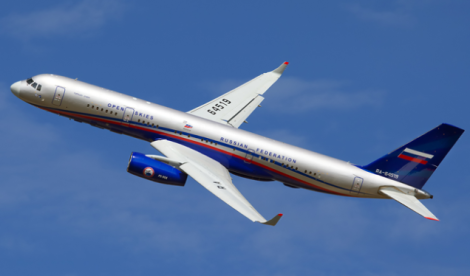Welcome to This Date in Aviation History, getting of you caught up on milestones, important historical events and people in aviation from January 1 through January 3.
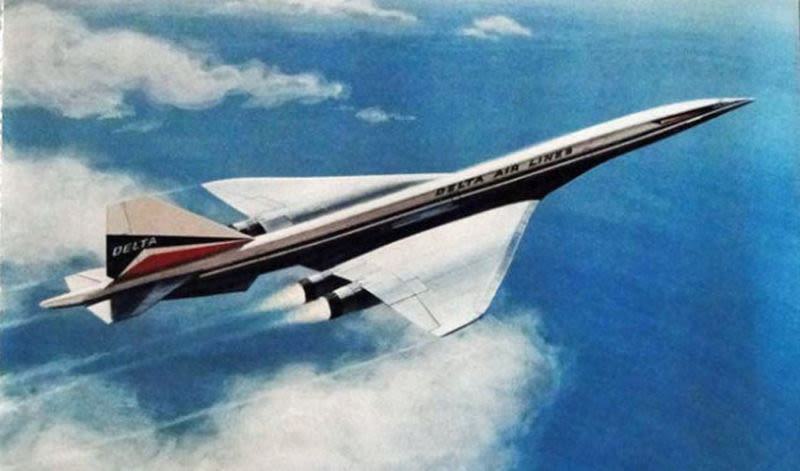
January 2, 1967 – The National Supersonic Transport program awards a contract to Boeing for its 2707 SST design. By the early 1950s, the jet engine had begun to revolutionize commercial aviation, and military aviation had begun to operate at speeds beyond the sound barrier. The next step in the evolution of air travel would be to combine the two into a supersonic transport (SST). The Americans, Russians, British and French were all working on developing their own SST, and soon after President John F. Kennedy took office in 1953 he announced Project Horizon, which directed the Federal Aviation Administration to investigate advances in civil airline design to keep the US competitive with the rest of the world. But when the French and English joined forces and announced their intention to develop Concorde, the Americans realized that they were far behind Europe in development of their own SST.

The US government announced a competition to select a design for an American SST, and entries were submitted by North American, Lockheed and Boeing. North American submitted a scaled-up version of the XB-70 Valkyrie, and Lockheed’s design was nearly identical to the Concorde. But Boeing, who had begun work on their own SST in 1952, initially proposed a swing-wing design that would seat about 125 passengers (interestingly, Boeing’s initial proposal bore a strong resemblance to today’s B-1 Lancer supersonic bomber). Boeing’s proposal was selected, but by this time the Americans realized that they were somewhat late to the supersonic party, and with the more mature development of the Concorde, as well as a competing design from the Russians in the Tupolev Tu-144, Boeing decided that the only way to compete effectively was to develop a larger and faster SST, one that could travel at speeds up to Mach 3.
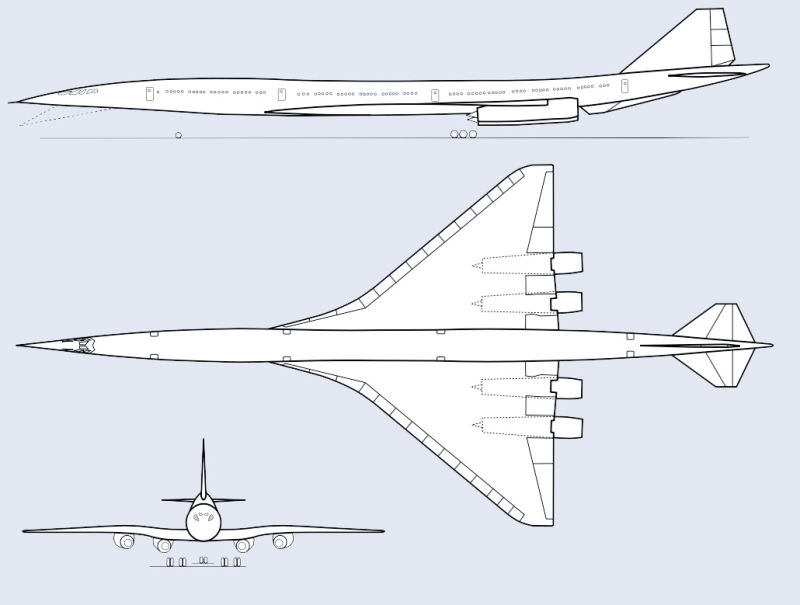
Hearkening back to the groundbreaking 707, Boeing gave their SST the designation 2707. By the time it reached mock-up, the aircraft showed its true size. Unlike Concorde, which had a single aisle, the 2707 was planned as a wide-body aircraft with 2-3-2 seating at its widest point and accommodations for up to 247 passengers in a single-class configuration. But with any aircraft of this size, weight became a serious problem, and the heavy, complex swing-wing design was abandoned in favor of a traditional delta wing. But despite the glamour of flying at up to three times the speed of sound, the realities of supersonic transport were hard to conquer. Flying that fast meant using enormous amounts of fuel and, in an era when the general public was starting to take a concern in the health of the environment, worries over fuel economy, sonic booms, and ozone pollution made SSTs unpopular. In fact, with support from environmental organizations, supersonic commercial flight was eventually banned over the continental US, and some states banned Concorde altogether.
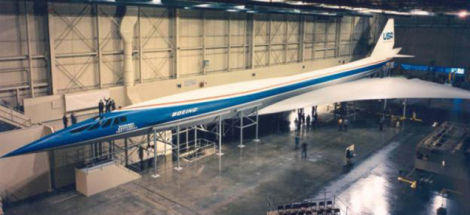
By 1971, even with orders for 115 aircraft by 25 airlines, significantly more than those for Concorde, Congress cut funding for the American SST. The two Boeing prototypes under construction were never completed and, in conjunction with a general downturn in the airliner market, Boeing was forced to lay off over 60,000 employees. Despite Concorde’s successful launch, it was never a money maker for European airlines, and it’s almost certain that the 2707 would have faced the same economic difficulties. While crossing the Atlantic Ocean in three hours is a great feat, and a luxury for those who could afford it, developments in modern jet engine and materials technology have proven that it is far more efficient and economical to travel just shy of Mach 1. Nevertheless, Boeing has not given up on the idea of carrying passengers beyond the speed of sound, and has unveiled plans for hypersonic transport that will fly at up to five times the speed of sound.
Short Takeoff

January 1, 1957 – “Operation Safe Haven” brings nearly 10,000 Hungarian refugees to the United States. Following the brutal suppression of the Hungarian revolt against Soviet leadership, the US responded by working to evacuate as many civilians as possible and remove them from Communist rule. US President Dwight D. Eisenhower announced Operation Safe Haven, which began with an airlift carried out by air transports belonging to the 1608th Air Transport Wing from Charleston Air Force Base in South Carolina, along with 175 aircraft from the 1611th Air Transport Wing based at McGuire Air Force Base in New Jersey brought 9,700 refugees to the US, which were followed by additional refugees carried to the US by the US Navy’s Military Sea Transportation Service. In all, nearly 38,000 Hungarian refugees were brought to safety in the US.

January 1, 1914 – The first scheduled commercial airplane flight. Though it is common today for commercial airliners to complete nonstop flights of more than 9,000 miles, the first scheduled commercial flight had much humbler beginnings. Hoping to cash in on the tourist trade, Florida businessman P.E. Fensler teamed with aircraft builder Thomas Benoist to create the St. Petersburg-Tampa Airboat Line to provide service between the two coastal Florida vacation destinations. The route covered just 21 miles and passengers paid $5 for the 23-minute journey. Barnstormer Tony Jannus carried former St. Petersburg mayor Abram Pheil on the inaugural flight. After three months of service through the tourist season, the airline closed down and the planes were sold, though 1,204 passengers had made the flight.
January 2, 1989 – The first flight of the Tupolev Tu-204, a single-aisle, twin-engine passenger airliner that is comparable to the Boeing 757 and capable of carrying up to 215 passengers depending on variant and class layout. Designed for Soviet flag carrier airliner Aeroflot as a replacement for the Tupolev Tu-154 tri-jet, the Tu-204 features significant innovations over its Russian-built predecessors, such as fly-by-wire controls, a glass cockpit, supercritical wings and winglets for increased fuel efficiency. The Tu-204 was introduced in 1996 and remains in production, with 86 aircraft completed to date.

January 3, 2019 – The Chinese-built Chang’e 4 lander becomes first spacecraft to make a soft landing on the far side of the Moon. Chang’e 4 (Chang’e is the Chinese goddess of the Moon) is the third element of an ambitious Chinese Lunar Exploration Program to place spacecraft in orbit around the Moon, explore the lunar surface with robotic rovers, and return scientific samples to Earth. In a graduated program, Chang’e 1 and Chang’e 2 achieved lunar orbit in 2007 and 2010, while Chang’e 3 landed on the near side of the Moon in 2013 and deployed China’s first robotic lunar rover. Chang’e 4 was launched atop a Long March 3B rocket on December 1, 2013 and is the first vehicle from any country to make a soft landing on the so-called “dark side” of the Moon. Its Yutu-2 robotic rover is expected to explore the lunar surface for three months, though it could operate for years, while sensors on the lander will perform scientific observations from the landing site. The Chinese lunar program is in preparation for the landing of a Chinese astronaut on the Moon sometime between 2025 and 2030.
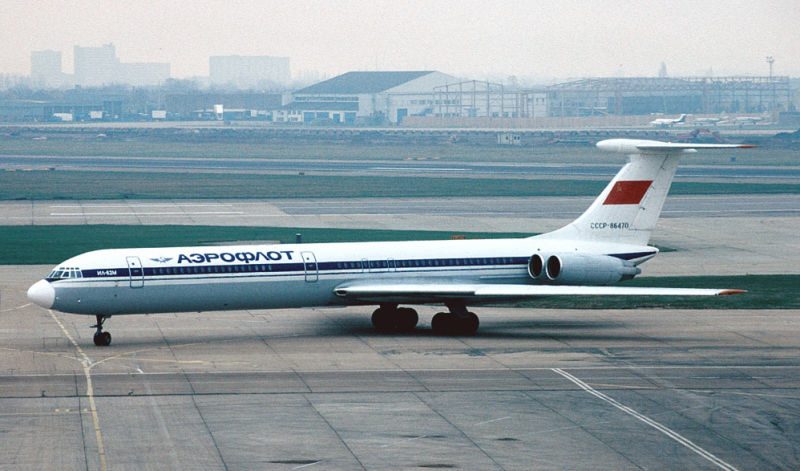
January 3, 1963 – The first flight of the Ilyushin Il-62, a narrow-body, long-range airliner developed by Ilyushin as a replacement for the Il-18 turboprop airliner. At the time of its first flight in 1963, the Il-62 (NATO reporting name Classic) was the largest airliner in the world, and it served as the standard long-range Soviet airliner for many years and remains in limited service today. Similar to the Vickers VC10, the Il-62 groups its four turbofan engines in pods at the rear. It was also the first pressurized Soviet airliner without a circular cross section, and the first Russian jetliner with six-abreast seating. A total of 292 aircraft were built before production ceased in 1995.
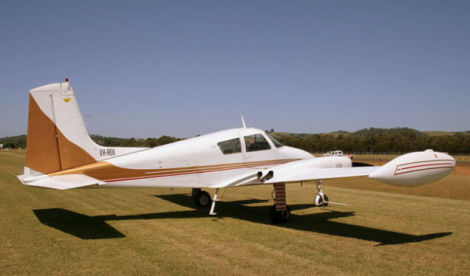
January 3, 1953 – The first flight of the Cessna 310. The 310 was the first twin-engine general aviation aircraft to be produced by Cessna following WWII, and it proved particularly popular with the many air taxi services that arose following the war. With seating for six passengers, the 310 was faster and cheaper to operate than its closest rival, the Piper PA-23, and over 6,000 310s were built from 1954 to 1980. The 310 also served the US Air Force as a light utility transport where it was known as the L-27 (later redesignated as the U-3).

January 3, 1999 – The launch of the Mars Polar Lander. The Polar Lander was a stationary robotic lander that was sent to an area near the south pole of Mars known as Planum Australe. Along with the Mars Climate Orbiter, the two spacecraft were part of the Mars Surveyor 98 program to study the climate and geology of Mars and to search for signs of water. However, the Polar Lander was lost when it crashed into the surface of the Red Planet, and scientists surmised that the extension of the landing legs made the onboard computer believe that the lander had touched down when it was actually still 40 feet in the air. The computer shut off the descent engine prematurely and the lander plummeted to the ground. The orbiter was also lost when it entered orbit at too low an altitude due to a discrepancy between metric and Imperial units of measurement used by Lockheed Martin, the spacecraft manufacturer, and NASA.
Connecting Flights
If you enjoy these Aviation History posts, please let me know in the comments. You can find more posts about aviation history, aviators, and aviation oddities at Wingspan.
